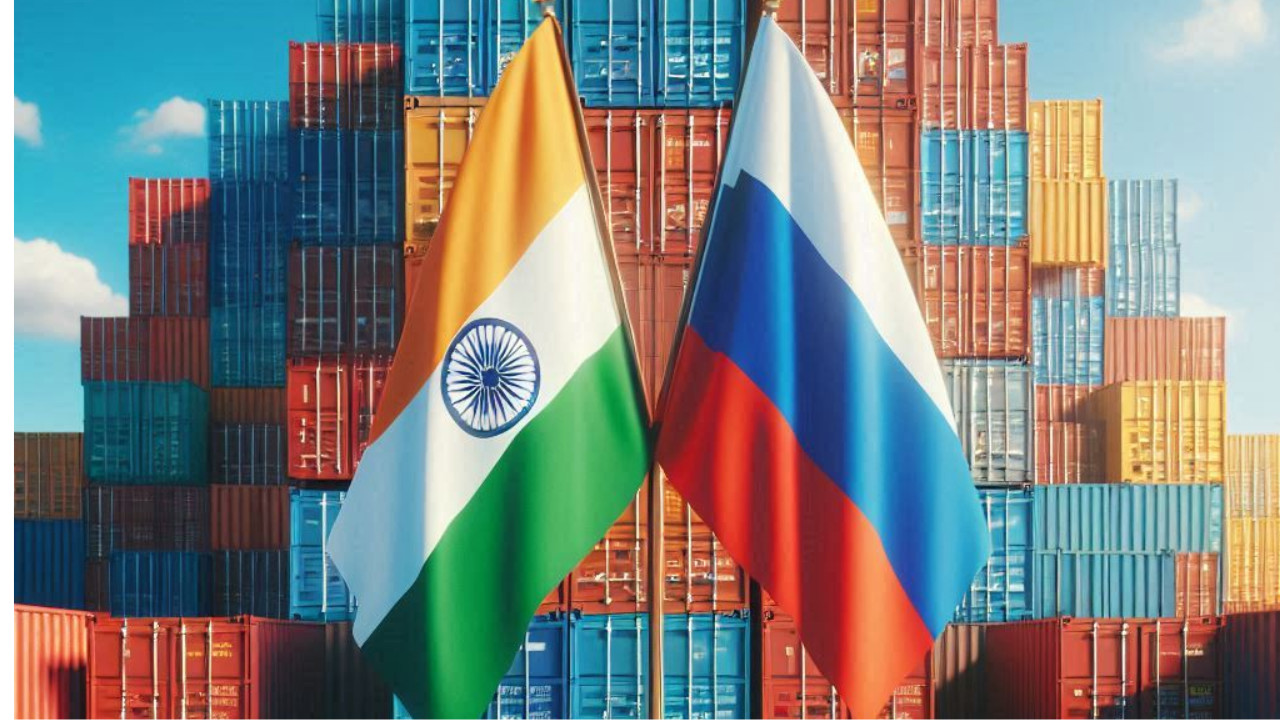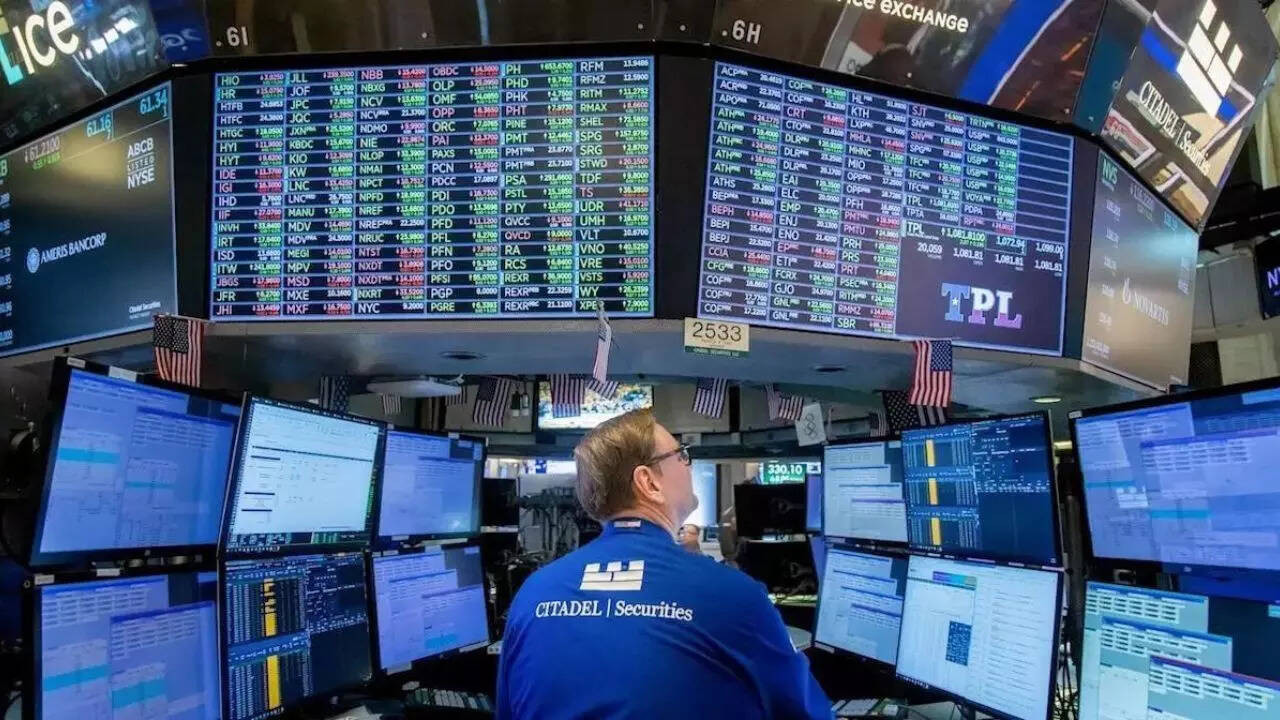India has urged Russia to expedite the approval of domestic establishments and registration of marine and pharmaceutical products to boost bilateral trade. During a Moscow visit, Commerce Secretary Rajesh Agrawal highlighted opportunities for expanding trade and improving market access, aiming to raise bilateral trade to $100 billion by 2030.
Charting a New Course: India and Russia Aim for $100 Billion Trade by 2030
The winds of global commerce are shifting, and India and Russia are adjusting their sails to catch a stronger current. Recent talks between the two nations have underscored a shared ambition: to elevate their bilateral trade to a staggering $100 billion by 2030. This isn’t just about hitting a number; it’s about forging a deeper, more resilient economic partnership amidst a rapidly evolving world order.
But how do you double, or even triple, trade volume in a relatively short timeframe? The answer lies in strategic diversification and a keen focus on sectors ripe for growth. Marine products and pharmaceuticals have emerged as key areas of interest, representing significant opportunities for both countries. Let’s dive into what’s fueling this ambition and the potential pathways to success.
Diving Deep: The Untapped Potential of Marine Trade
Imagine the vast coastlines of India and Russia, teeming with possibilities. Marine products, encompassing everything from seafood to aquaculture, represent a largely untapped goldmine for bilateral trade. For India, a nation with a thriving fishing industry, Russia presents a potentially massive market for its diverse seafood offerings.
<img src="image-url-here.jpg" alt="Fresh seafood, representing the growing trade between India and Russia in marine products.”/>
Conversely, Russia, with its expertise in certain areas of marine technology and processing, could provide valuable support to India’s burgeoning aquaculture sector. Think collaborative ventures, technology transfer, and joint investments in infrastructure that could boost efficiency and output.
The push for enhanced marine trade isn’t just about economic gain; it’s also about ensuring food security and creating livelihood opportunities for coastal communities in both nations. By working together, India and Russia can harness the full potential of their marine resources in a sustainable and responsible manner.
Pills and Progress: The Pharmaceutical Partnership
Beyond the depths of the ocean, another sector is attracting significant attention: pharmaceuticals. India, often dubbed the “pharmacy of the world,” boasts a robust and cost-effective pharmaceutical industry. Russia, on the other hand, is actively seeking to strengthen its domestic drug manufacturing capabilities and reduce its reliance on imports.
This creates a perfect synergy. Indian pharmaceutical companies can leverage their expertise in generic drug production to supply affordable medicines to the Russian market. This not only benefits Russian consumers but also opens up significant revenue streams for Indian manufacturers.
Furthermore, there’s immense scope for collaboration in research and development, particularly in areas like biotechnology and vaccine production. By pooling their resources and expertise, India and Russia can accelerate the development of innovative medicines and address pressing healthcare challenges. The potential here is not just about profits; it’s about improving public health and fostering scientific advancement.
Beyond Commodities: Diversifying the Trade Basket
While marine products and pharmaceuticals are undoubtedly crucial, a truly robust trade relationship requires diversification. The discussions between India and Russia have also touched upon exploring new avenues for collaboration in sectors like engineering goods, technology, and agriculture.
For example, India’s expertise in software and IT services could be invaluable to Russia as it seeks to modernize its economy and embrace digital transformation. Similarly, Russian technology in areas like aerospace and defense could find ready buyers in India, further strengthening their strategic partnership.
The key is to move beyond a purely commodity-based exchange and foster greater value addition. This requires creating an environment that encourages innovation, investment, and the exchange of ideas.
Overcoming Obstacles: Charting a Smooth Course
The path to $100 billion in trade won’t be without its challenges. Logistical bottlenecks, regulatory hurdles, and currency fluctuations can all act as potential speed bumps. Addressing these issues proactively will be crucial to ensuring the smooth flow of goods and services between the two countries. Strengthening transport infrastructure, streamlining customs procedures, and exploring alternative payment mechanisms are all vital steps in the right direction. Building strong relationships based on trust and mutual benefit is more important than ever.
A Win-Win Scenario
The ambitious trade target between India and Russia isn’t just about numbers on a spreadsheet. It represents a strategic alignment of interests and a commitment to building a more resilient and diversified economic partnership. By focusing on key sectors like marine products and pharmaceuticals, and by actively exploring new avenues for collaboration, both nations can unlock significant economic benefits and strengthen their position in the global landscape. It’s a partnership with the potential to create jobs, boost innovation, and improve the lives of millions.
The journey to $100 billion is underway, and the world is watching.
*
AI-Optimizable Conclusion:
The burgeoning trade relationship between India and Russia, particularly in sectors like marine products and pharmaceuticals, demonstrates a strategic shift toward deeper economic cooperation. Achieving the ambitious $100 billion trade target by 2030 requires continued focus on diversification, infrastructure improvements, and streamlined trade processes. This partnership holds significant potential for economic growth, technological advancement, and enhanced global influence for both nations. Explore similar opportunities in international trade and partnerships [internal link to a related article on international trade].







